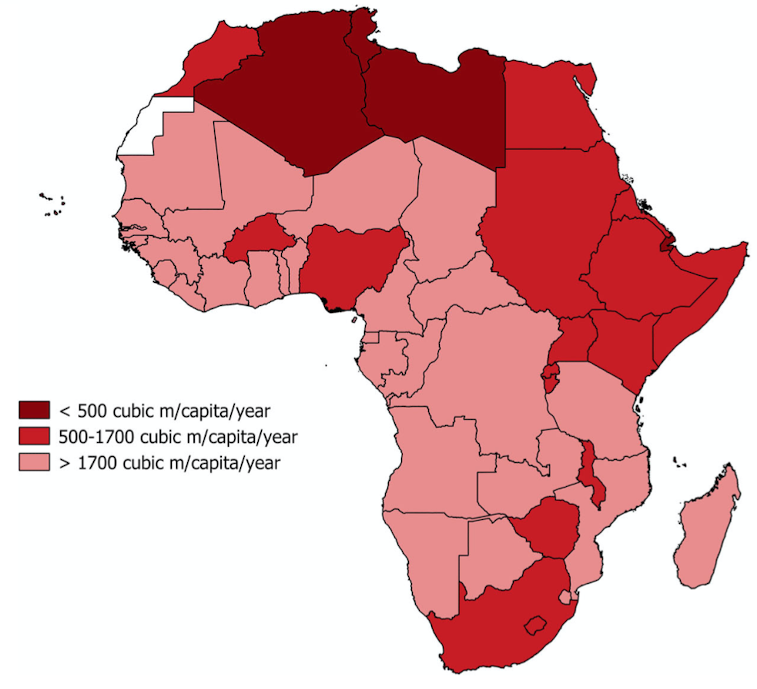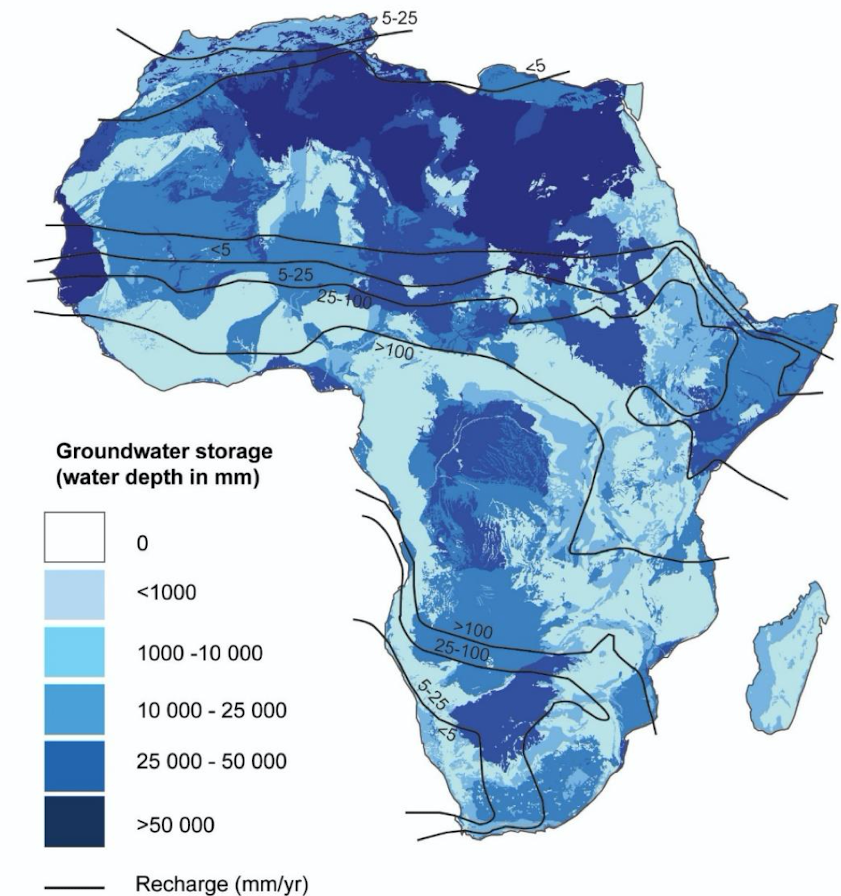The Essence of Food and Water in Africa
My interest in water and food started when I was building a Global Youth Development Agenda on Water as a part of an initiative for the World Meteorological Organisation. While this experience increased my awareness of the complexity of water governance, I observed that food and water issues are often treated in isolation in governmental agendas, despite their inherent connection. Nearly 70% of the global freshwater is withdrawn for irrigation, and fertiliser runoff causes 78% of global freshwater eutrophication (Ritchie and Roser, 2020).
COP27 will be hosted in Africa, a continent with the lowest per capita freshwater withdrawals and rates of food production (Funk and Brown, 2009; Wada and Bierkens, 2014). As such, climate adaptation is at the centre of climate debates, where UN Sustainable Development Goals 2 and 6 - established to achieve ‘zero hunger’ and ‘clean water and sanitation for all' by 2030 respectively - are particularly prevalent. Hence, I wish to take a closer look at water and food in Africa and will start by reviewing some of the main ideas and misconceptions surrounding food security.
The water accessibility dimension
Water is a crucial prerequisite for food production. However, academics have been struggling to exhaustively capture all factors that determine water availability. Figure 1 illustrates water scarcity as per the Water Scarcity Index (WSI) established by Falkenmark, where any volume lower than 1000 m^3 per capita per year is considered ‘water scarce’. This simple measure neglects, for instance, the abundance of available groundwater which is a relevant source in arid regions (Figure 2). Accessibility is even more complex, influenced by, for instance, the capacity to build pump facilities, and transboundary water relationships among riparian states (Damkjaer and Taylor, 2017).
 |
Figure 1: Map of Africa coloured by water stress level according to the WSI as of 2014 (Damkjaer and Taylor, 2017) |
 |
Figure 2: As a comparison, map of Africa coloured according to the estimated availability in groundwater storage (MacDonald et al., 2012) |
The food provision dimension
Similar to water, abundance in food may not ensure sufficient provision. A lack of state support, inefficient allocation and mismanagement of agricultural risks can drastically reduce society’s ability to prevent and respond to food shortages. While the Green Revolution has increased the efficiency of food production, meeting global food demand has become more challenging due to the increase in population and meat consumption. These challenges are further exacerbated by climate change, which is bringing more unpredictable rainfalls. A combination of meteorological draught and mal-governance may even drive food shortage to its extreme form of famine (Devereux, S., 2009). The 2002 famine in Malawi, for instance, started with a weak yielding season, but multiple resource allocation failures were what led the country to the eventual downfall of famine (Devereux, 2002).
Moving forward, I will explore the complexity between water and food in greater depth. In particular, I want to shed light on local knowledge, smallholder farming and their level of sophistication in adapting to water and climate variability.
Thanks for this lucid summary of the relationship between water and food. It draws well from key literature. Note: do expand acronyms like "WMO" as not all readers may know to what you referring.
ReplyDelete